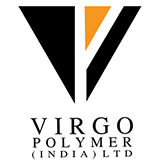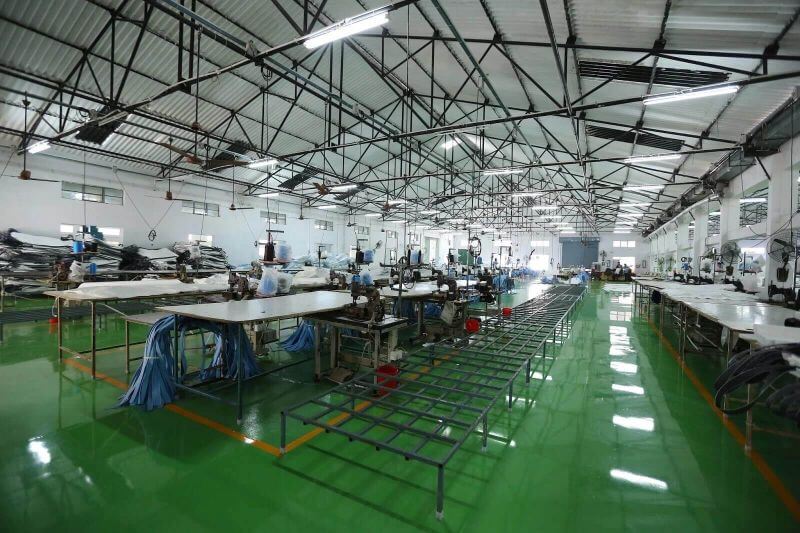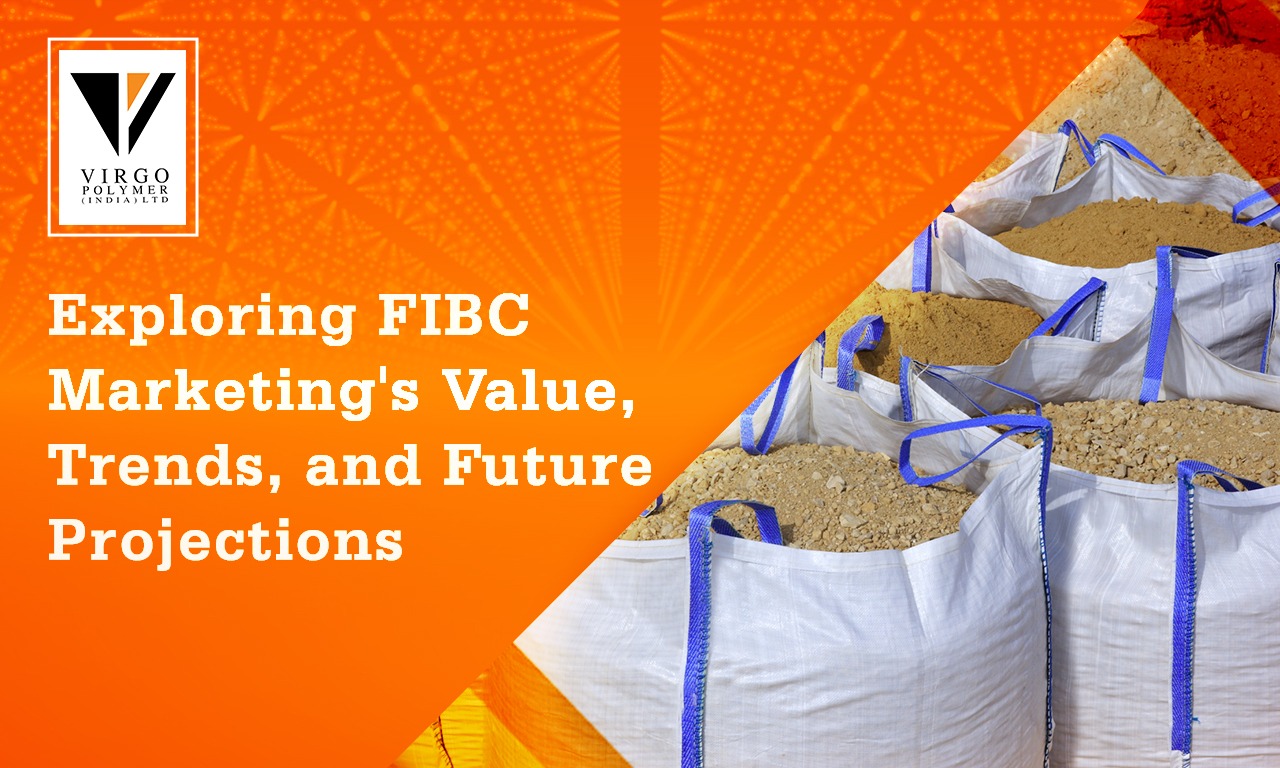



In recent years, the growing popularity of Flexible Intermediate Bulk Containers (FIBC) in recent years can be attributed to several factors. Also known as bulk bags or big bags, FIBCs have been steadily growing across various industries. As businesses across industries strive for efficiency, adaptability, and sustainability in their operations, FIBC has emerged as a preferred packaging solution for bulk materials, meeting the diverse needs of modern supply chains.
In this blog post, we will explore the current market value, growth drivers in FIBC, and the trends for future developments in the industry.
FIBCs are large, flexible containers designed to transport and store bulk materials efficiently. Flexible Intermediate Bulk Containers (FIBCs), play a vital role in various industries such as agriculture, chemicals, pharmaceuticals, and construction. Compared to traditional packaging methods such as drums or sacks, FIBC can handle much larger volumes of materials, are cost-effective, and offer significant advantages in terms of safety and environmental sustainability. Overall, the growing use of FIBC can be attributed to its cost-effectiveness, versatility, excellent handling capabilities, and safety features.
As technology continues to advance and market dynamics evolve, the future of FIBC marketing holds great potential.
With a valuation of USD 8,727.3 million in 2022, the FIBC Bag market on a global scale experienced substantial growth and is projected to reach USD 12,260 million by 2030, demonstrating a Compound Annual Growth Rate (CAGR) of 4.9% during the forecast period from 2023 to 2030. The market analysis took into account the impact of COVID-19 and the Netherlands-Ukraine War in determining these figures.
Key Insights from the Global FIBC Market
North America and Europe stand out as the primary consumer markets for FIBC, while China, Turkey, and India serve as key manufacturing countries for this product. In the global FIBC market, price per unit remains a significant factor for competition among major industry players. Consequently, manufacturing companies and distributors in North America and Europe frequently opt to outsource production activities to the aforementioned countries, enabling them to reduce production costs.
The rapid pace of industrialization worldwide serves as a primary driver for the growth of the FIBC market. Industries involved in chemical production and agriculture increasingly rely on FIBCs for the efficient transportation of various products, including grains, rice, potatoes, cereals, and liquid chemicals.
Additionally, FIBCs play a crucial role in storing and transporting construction supplies such as carbon black, steel, alloys, minerals, cement, and sand. The market expansion is further fueled by mounting environmental concerns and a growing demand for lightweight, biodegradable bulk packaging materials, especially in the pharmaceutical sector.
Pharma-grade FIBCs are specifically designed to store medical items and prevent contamination. The market is also experiencing growth through product advancements, including the development of FIBC variations as hygiene packaging solutions, catering to the rising demand in this sector.
Increasing Focus on Sustainability
Sustainability has become a crucial factor for businesses and consumers alike. As environmental concerns grow, FIBC manufacturers and marketers are adapting to meet the demand for eco-friendly packaging solutions. In the future, we can expect FIBC marketing to highlight sustainable materials, such as recycled or biodegradable fabrics, and emphasize the recyclability or reusability of FIBCs. Marketing strategies will likely revolve around the reduced carbon footprint and waste reduction achieved by using FIBCs over traditional packaging options.
Digital Transformation and E-commerce
The digital revolution has transformed the way we do business, and the FIBC industry is no exception. Online platforms and e-commerce marketplaces are increasingly becoming a preferred method for purchasing FIBCs. In the future, FIBC marketing will further embrace digital channels, leveraging social media, content marketing, and targeted advertising to reach potential customers. The use of augmented reality (AR) and virtual reality (VR) technologies may also emerge, allowing customers to visualize and customize FIBCs to their specific needs.
Customization and Personalization
In a competitive market, customization and personalization have become essential for businesses seeking to differentiate themselves. The future of FIBC marketing will likely focus on offering tailored solutions to meet individual customer requirements. This could involve providing various size options, adding company logos or branding, and incorporating specific features or accessories. By offering customization options, FIBC marketers can cater to the diverse needs of industries and build stronger relationships with their customers.
Embracing Automation and Robotics
Automation and robotics have revolutionized many industries, and FIBC manufacturing is starting to benefit from these advancements. The future of FIBC marketing will likely involve showcasing automated production processes that ensure high-quality and consistent bags. Robotic systems could also be utilized for quality control, reducing errors, and enhancing efficiency. By emphasizing the use of cutting-edge technology, FIBC marketers can instill confidence in potential customers regarding the reliability and precision of their products.
Data Analytics and Predictive Marketing
Data analytics and predictive marketing are powerful tools that enable businesses to make informed decisions and provide better customer experiences. In the future, FIBC marketers may leverage data to gain insights into customer preferences, purchasing patterns, and industry trends. This information can be used to tailor marketing campaigns, improve product offerings, and predict future demand. By embracing data-driven strategies, FIBC marketers can stay ahead of the curve and deliver enhanced value to their customers.
Focus on Safety and Compliance
Safety and compliance are critical considerations in industries that rely on FIBCs to transport hazardous or sensitive materials. In the future, FIBC marketing will likely emphasize safety features, certifications, and compliance with industry regulations. Highlighting robust quality control measures, adherence to international standards, and comprehensive testing procedures will be key to gaining the trust and confidence of customers operating in high-risk environments.
In conclusion, the future of FIBC marketing is an exciting prospect that will witness advancements in sustainability, digital transformation, customization, automation, data analytics, and safety. To thrive in this evolving landscape, FIBC marketers must stay abreast of industry trends, invest in cutting-edge technologies, and prioritize customer-centric approaches. By embracing these changes and aligning their strategies with the emerging market demands, FIBC marketers can unlock new opportunities and drive the growth of the industry. The future of FIBC marketing holds immense potential, and those who seize it will be well-positioned for success.
Think FIBC, Think Big, Think Virgo!
Offering you the best in the business, we at Virgo Polymers India offer you efficiency, quality, and sustainability for a seamless supply chain operation.
Contact us to know more @ Mobile: +91 90030 48815 Or email us at info@virgopolymer.com
